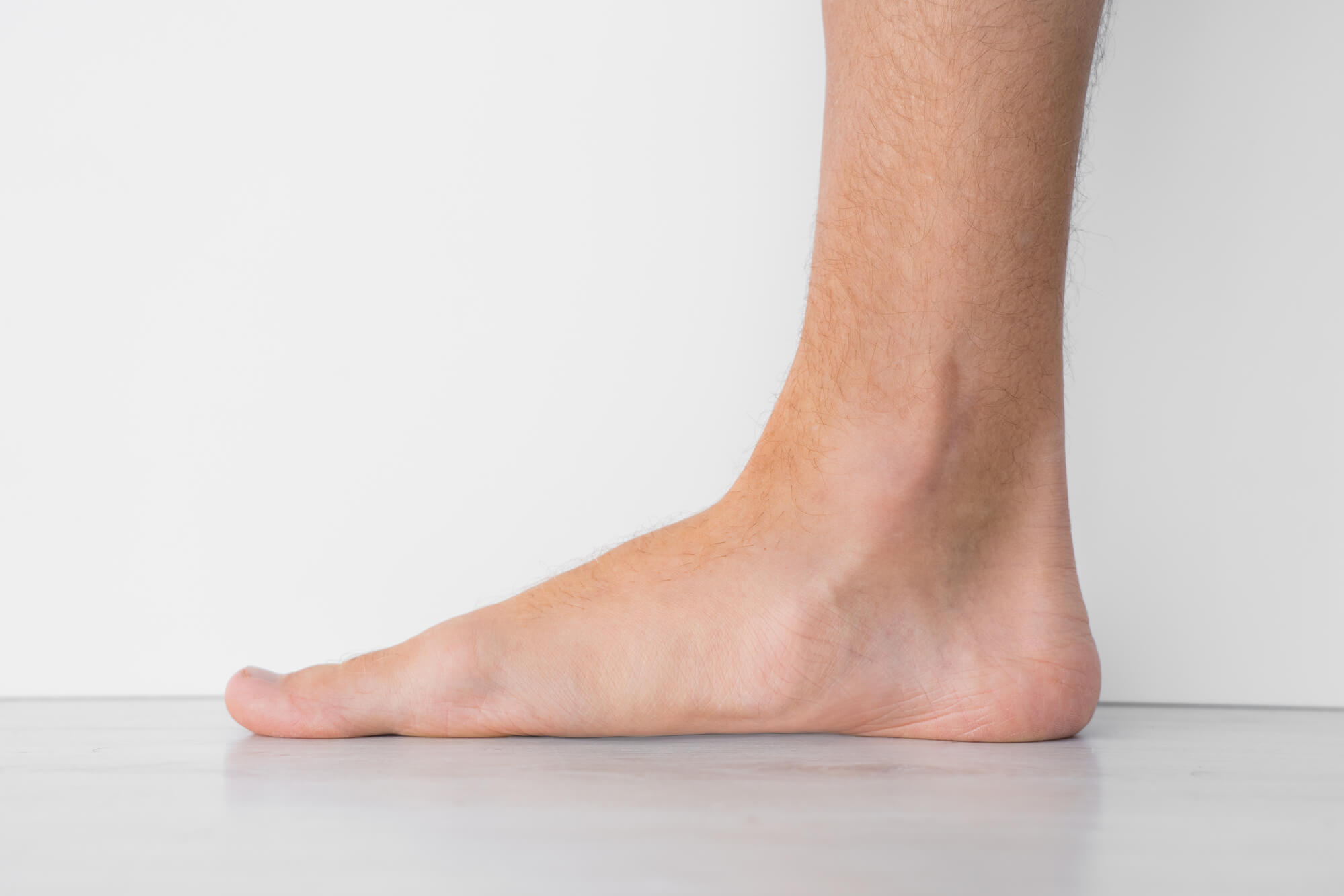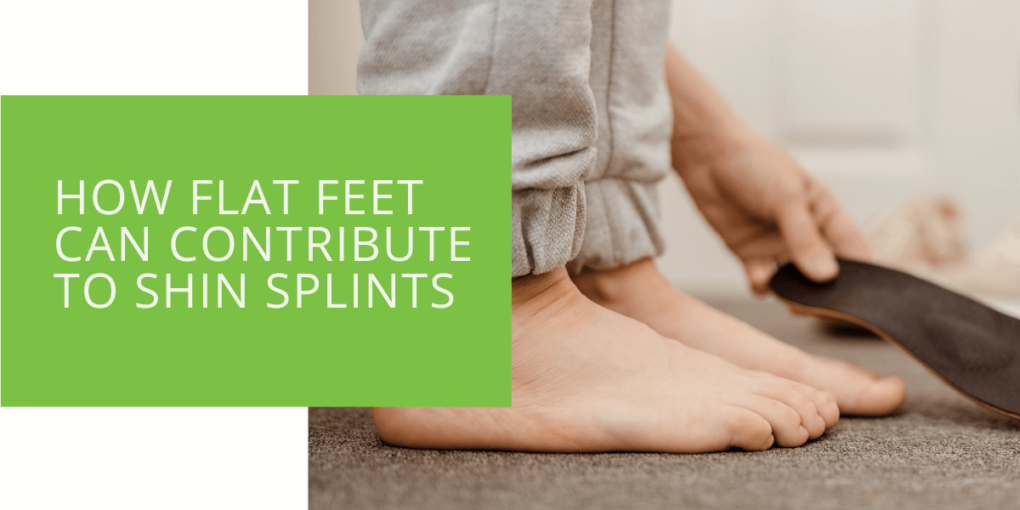How Flat Feet Can Contribute to Shin Splints
Shin splints and flat feet are common lower leg conditions that cause discomfort and pain. While separate conditions, they are often interrelated, as flat feet can contribute to developing shin splints. If you're experiencing pain in your lower legs, it's important to understand the relationship between these two conditions and seek professional help from a podiatrist or orthopedic specialist. In this article, we will explore the link between flat feet and shin splints and how to prevent and treat these conditions. We'll cover the definition, causes, symptoms, diagnosis, and treatment of flat feet and shin splints, as well as how to prevent shin splints if you have flat feet. By the end of this article, you'll better understand these two conditions and how to keep your lower legs healthy and pain-free.
Understanding Flat Feet
Flat feet are a common condition that can occur in both children and adults. They are often caused by a genetic predisposition but can also result from injury, illness, or age. Flat feet are characterized by a collapse of the arch of the foot, which can lead to overpronation and a change in gait. This change in gait can stress the ankles, knees, and lower legs, leading to conditions such as shin splints and plantar fasciitis.
Symptoms of flat feet include pain in the feet, ankles, knees, and lower legs. You may also experience swelling, numbness, or aching in the feet and legs. If you suspect you have flat feet, seeking professional help from a podiatrist or orthotic specialist is important.
Understanding Shin Splints
Shin splints, also known as medial tibial stress syndrome, are common injuries that can occur in athletes and non-athletes. They are often characterized by pain in the shin area, which various factors, such as overuse, poor footwear, and flat feet, can cause.
Shin splints occur when the tibia bone and the surrounding tissues become inflamed. This inflammation can be caused by repeated stress on the bone and tissues, which can occur during activities such as running, jumping, and dancing.
Symptoms of shin splints include pain in the shin area, tenderness, swelling, and redness. If you suspect that you have shin splints, it is important to seek professional help from a podiatrist or orthopedic specialist.

The Link Between Flat Feet and Shin Splints
Flat feet can cause or contribute to shin splints by altering how the foot strikes the ground. When the arch of the foot collapses, the foot becomes flatter and wider, which can cause the lower leg to rotate inward. This rotation can stress the tibia bone, leading to the development of shin splints.
Overpronation, common in individuals with flat feet, can also cause medial tibial stress syndrome. Overpronation occurs when the foot rolls inward excessively, causing the lower leg to rotate inward. This inward rotation can stress the muscles and tendons of the lower leg, leading to inflammation and pain.
Diagnosis and Treatment of Flat Feet and Shin Splints
A podiatrist or orthotic specialist can make a diagnosis of flat feet and shin splints. They will evaluate your symptoms and may take x-rays or perform other imaging tests to confirm the diagnosis.
Treatment options for flat feet and shin splints may include:
- Orthotics: Orthotics are shoe inserts that can help support the arch of the foot and correct overpronation. These inserts can be custom-made to fit your foot and provide support and alignment.
- Proper footwear: Proper footwear prevents and treats flat feet and shin splints. Shoes with good arch support, a firm heel counter, and a cushioned sole can help reduce the stress on the lower leg.
- Physical therapy: Physical therapy can help strengthen the muscles and tendons of the lower leg, which can help prevent and treat shin splints.
- Rest and ice: Resting the affected area and applying ice can help reduce inflammation and pain.
In some cases, surgery may be required to correct the flat feet or repair the lower leg's damaged tissues. This is typically a last resort and is only recommended if other treatments have failed.

Prevention of Shin Splints for Flat-Footed Individuals
Preventing shin splints for flat-footed individuals is important in maintaining healthy, pain-free lower legs. Here are some tips to help prevent shin splints:
- Wear proper footwear that supports the arch of the foot and provides cushioning and shock absorption.
- Avoid high-impact activities that can put stress on the lower leg, especially if you have flat feet.
- Gradually increase the intensity and duration of your physical activity to prevent overuse injuries.
- Stretch before and after exercise to help prevent muscle and tendon strain.
- Strengthen the muscles and tendons of the lower leg through physical therapy or exercises such as calf raises and toe curls.
- Use ice and rest to reduce inflammation and pain.
Conclusion
In conclusion, flat feet can contribute to developing shin splints by altering how the foot strikes the ground and putting stress on the tibia bone. If you have flat feet and are experiencing symptoms of shin splints, it is important to seek professional help from a podiatrist or orthopedic specialist.
Treatment options for flat feet and shin splints include orthotics, proper footwear, physical therapy, rest, and ice. Preventing shin splints for flat-footed individuals is essential in maintaining healthy and pain-free lower legs. By following the tips outlined in this article, you can help prevent and treat shin splints and other lower leg conditions.

